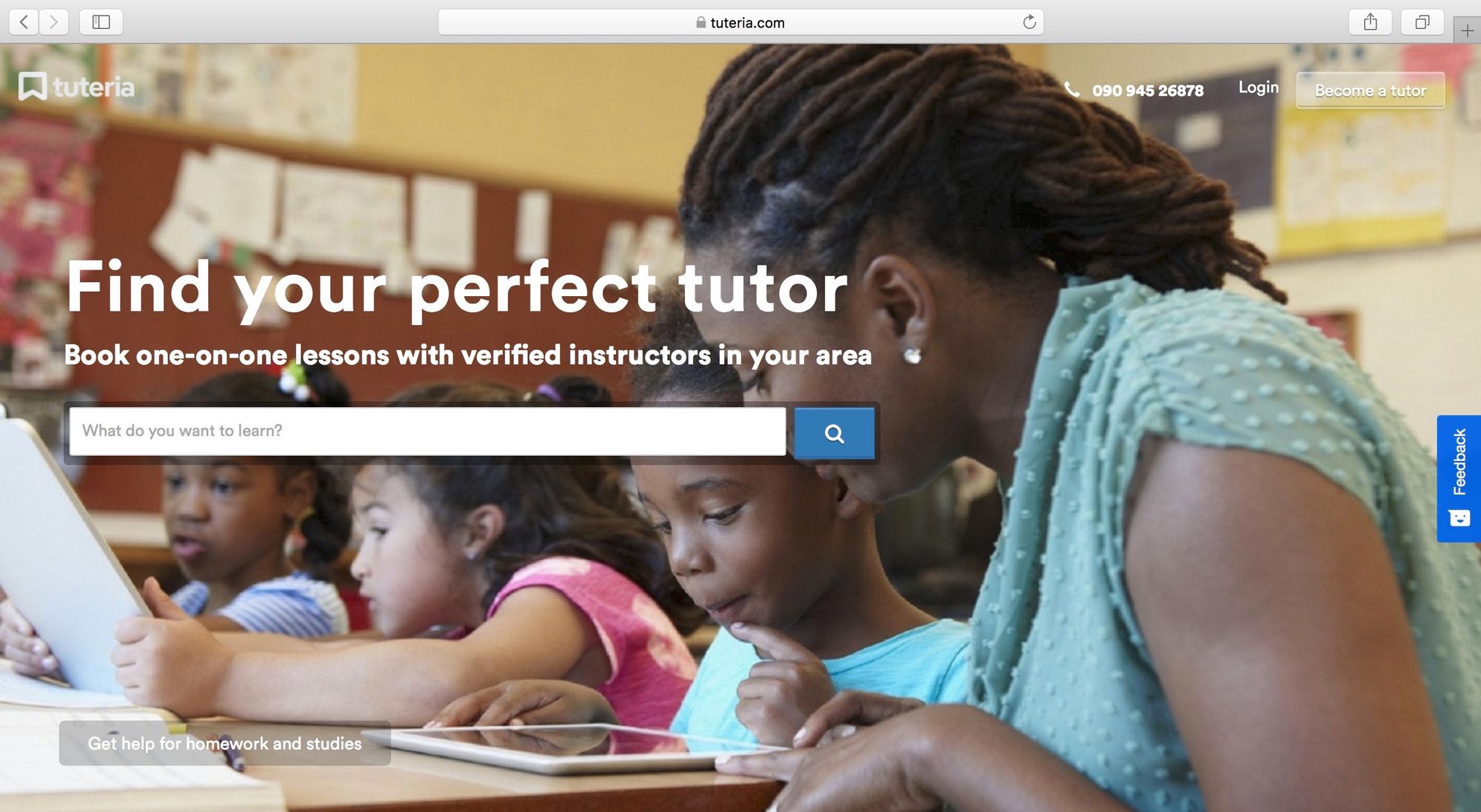The pieces Nigerian EdTech startups are yet to fix
The number of educational technology (EdTech) solutions leveraging the internet are on the rise.
EdTech startups spring up every now and then; each one of them attempting to solve a specific problem. With a growing internet penetration, these EdTechs have experienced some level of traction.
Currently, the country is home to the highest number of out-of-school children – 10.5 million. Sixty-percent of that number come from Northern Nigeria. Given Nigeria’s child population is only about 80 million, the stat of 10.5million of them out of school is startling.
While the primary school enrolment has increased in Nigeria, net attendance is only about 70%.
Why do we have a low attendance rate?
Many blame poor Government funding of public schools. Mrs. Benson*, a JS3 Business Studies teacher at a Lagos State public school doesn’t dispute that but she is of the opinion that once the child is enrolled, it is more from the child’s end on whether or not they want the education.
She says “If they’ve failed and they ask them to repeat and they don’t want to repeat, they will not come again”, as one of the reasons for reduced attendance rates. She continues “If they’ve damaged school property and they ask them to bring their parents and they know they can’t tell their parents, they don’t come back”.
An excerpt from Benjamin’s concluding section on Meet GATE Academy, gives some context:
In Nigeria, formal education is a luxury and even though the net enrollment rates for Basic Education has improved, the attendance and completion rate still remains low. This is due to the high level of poverty in the land. It is a luxury, first, because of the real cost – with poverty rate on the rise many families can barely cater for food, shelter and clothing (the three basic human needs). Second, opportunity cost, poverty rates have driven more children to the streets as hawkers. So, instead of a child spending “valuable” trading time in the classroom, Parents would rather have them
workhawk and earn a living to take care of themselves and their siblings.
We believe more Government funding could take care of the child’s tuition and living expense while enrolled to help boost attendance and completion rates. Maybe it’s time to consider the student loan model obtainable in the UK and see how we can adapt to suit our economic situation.
Yet, for those in school the quality of education they receive leaves a lot to be desired and has led to an increase in failure rates of external examinations. Here are stats from the country’s top examination bodies, WAEC and UTME.
WAEC - West African Examination Council
UTME - Unified Tertiary Matriculation ExaminationIn 2018, only 26% of candidates who sat for UTME scored above the pass mark, which is a 2% decline from 2017.
Similarly, WAEC recorded a below average pass rate in this year’s WASSCE.
WASSCE - West African Senior School Certificate ExaminationHowever, the several reports of examination malpractice make that number hard to believe.

How have EdTech startups fared so far?
There are a number of EdTech startups focusing on different problems. They include: Pass.ng, Passnownow, ScholarX, Tuteria and GATE’s HailATutor.
- Pass.ng helps students prepare for exams like WASSCE and UTME by providing past questions to stimulate their brain.
- Passnownow displays a collection of digitized secondary school syllabi and notes on their website.
- ScholarX notifies users of scholarship opportunities. They also provide a crowdfunding platform for students to raise the tuition fee.
- Tuteria helps you find, evaluate and book lessons with quality private tutors near you for whatever you wish to learn.
- HailATutor runs a decentralised, on-demand model that pairs intending tutees with available tutors.
There are many more like these.
However, here’s a common denominator: The internet and internet-enabled devices.

In tackling various educational problems, the focus so far has been on students with access to the internet and a smartphone. This has led to a neglect of the over 10.5 million out-of-school children whose parents probably do not own a smartphone.
It begs the question of who is going to service Education in Nigeria the way fintechs like Paga and Eyowo are doing to the financial sector (reaching the underserved).
To further buttress this point, Pass.ng for example, keeps a record of every attempt made by users to take a test on its platform. So far, offering up to 13 tests including UTME, WASSCE, NECO, JSCE, Common entrance, Post UTME, none of these have had up to a million user attempts. The highest being UTME with 990,182 attempts (with a possibility of many attempts by an individual).
Similarly, thousands of teachers in both schools are using notes from Passnownow to teach in classrooms. Yet, the company only lists over 37,500 “active users” on its platform.
There’s no contest on the level of impact EdTech startups are having on the country. But internet connectivity seems to be limiting its reach to only a select few. It’s high time basic mobile is considered.

The ubiquitous nature of basic mobile phones (aka dumb/feature/button phones) have not been leveraged to improve education. If properly executed, one would expect quality education to reach even the remotest parts of the country. Those areas where internet access is a struggle.
Startups like Pass.ng have realised this and created an offline version of their JAMB and Post-UTME computer-based tests (CBT). Combined they’ve 95,000 downloads.
Here’s another common denominator: The user (student).
The primary school age range in Nigeria is 6 to 11 years and that of secondary school is 12 to 17 years. These demographics make up a significant percentage of the Generation Z who are more technology-inclined than Millenials. So, it is a logical move that many EdTech companies are targeting this age group, but their approach could be better.
Human beings tend to trust their immediate circle better than outsiders, for obvious reasons. So, we can expect students to trust their school management more than an entrepreneur. The better route for the EdTech could be to sell their innovative solutions directly to the schools. This would enable them to take advantage of the influence and network (potential users) operating in those schools.
This piece advocates a more B2B (Business-to-Business) than B2C (Business-to-Consumer) approach for EdTechs.
Acquiring users via the institutional channel could also increase efficiency. This is referred to as the ‘low-frequency, high-volume’ method. This denotes that if a school has 3,000 students, an EdTech company would automatically gain 3,000 users from just one sale.
While EdTech companies are not charity organizations, turning students (let alone, out-of-school children) and/or their parents into paying customers could be harder than squeezing blood from a stone. It is left to founders to be disruptive with their business models. It is only hoped that education’s reach and quality in Nigeria and Africa at large keeps improving as we continue to infuse tech into it.
Reference: UNICEF on Education in Nigeria.
Get passive updates on African tech & startups
View and choose the stories to interact with on our WhatsApp Channel
Explore




